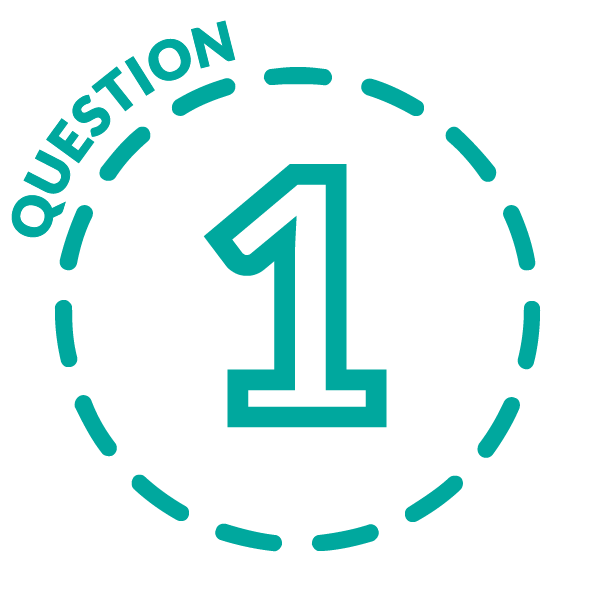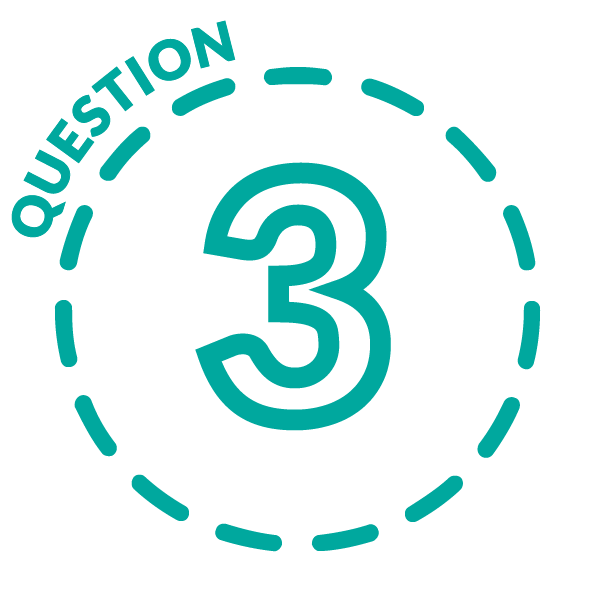Frequently Asked Questions
What does an UX Designer do?
A UX (User Experience) designer focuses on creating products that provide meaningful and relevant experiences to users. Here are some key responsibilities of a UX designer:
User Research: Conducting research to understand user needs, behaviors, and pain points. This often involves interviews, surveys, and usability testing.
Creating Personas: Developing user personas to represent different user types that might use a product
Wireframing and Prototyping: Designing wireframes and prototypes to visualize the structure and functionality of a product
Information Architecture: Organizing and structuring content in a way that is easy to navigate and understand
User Testing: Testing designs with real users to gather feedback and make improvements
Collaboration: Working closely with UI designers, developers, and product managers to ensure the final product meets user needs and business goals
In essence, UX designers aim to make products intuitive, efficient, and enjoyable to use. If you’re interested in this field, it combines elements of psychology, design, and technology to create seamless user experiences.
What is UX in layman’s terms?
User Experience (UX) design is all about making products and services easy and enjoyable to use. Imagine you’re using a website or an app. UX design focuses on how you feel while using it, ensuring it’s intuitive, efficient, and pleasant.
For example, if you’re shopping online, UX design ensures you can easily find products, add them to your cart, and check out without any hassle. It’s about understanding what users need and creating a smooth, satisfying experience for them.
What is the difference between UX and UI?
Great question! While UX (User Experience) and UI (User Interface) are closely related, they focus on different aspects of the design process:
User Experience (UX)
Focus: UX design is about the overall feel of the experience. It involves understanding the user’s needs, behaviors, and pain points to create a product that is functional, accessible, and enjoyable to use.
Tasks: UX designers conduct user research, create user personas, develop user journey maps, build wireframes and prototypes, and perform user testing
Goal: The main goal is to ensure that the product provides a meaningful and relevant experience to the users.
User Interface (UI)
Focus: UI design is about the look and feel of the product. It involves designing the visual elements that users interact with, such as buttons, icons, and layouts.
Tasks: UI designers focus on the aesthetics of the product, including color schemes, typography, and spacing. They ensure that the interface is visually appealing and consistent
Goal: The main goal is to create an attractive and intuitive interface that enhances the user’s interaction with the product.
In summary, UX is about the overall experience and how it feels, while UI is about the specific visual and interactive elements that users engage with.
What is the benefit of using UX design for my company?
Implementing UX design in your company can offer numerous benefits, including:
Increased Customer Satisfaction: By focusing on user needs and creating intuitive, enjoyable experiences, you can significantly enhance customer satisfaction
Higher Conversion Rates: A well-designed user experience can lead to higher conversion rates, as users are more likely to complete desired actions, such as making a purchase or signing up for a service
Reduced Development Costs: Investing in UX design early in the development process can help identify and resolve usability issues before they become costly problems
Improved Customer Retention: Satisfied users are more likely to return and continue using your product or service, leading to increased customer loyalty
Competitive Advantage: A superior user experience can set your company apart from competitors, making your products or services more attractive to potential customers
Enhanced Brand Perception: A positive user experience can elevate the overall perception of your brand, fostering trust and credibility
By prioritizing UX design, your company can create products that not only meet user needs but also drive business growth and success.
Are you considering a specific project where you want to implement UX design, or are you looking to improve your overall user experience strategy?
What are UX design examples?
Here are some great examples of UX design from various websites and apps:
Spotify: Known for its consistency in design, Spotify ensures a seamless experience across different devices.
Airbnb: Emphasizes a minimalist UX that makes booking accommodations straightforward and enjoyable.
Uber: Utilizes mental models to create an intuitive interface that aligns with users’ expectations.
Nike, Inc.: Uses UX design to sell products effectively, combining aesthetics with functionality.
Instagram: Focuses on visual efficiency, making it easy for users to share and view photos.
These examples highlight different aspects of UX design that contribute to a positive user experience.
Experience the Future of Innovation with Moser Labs
We are excited to invite you to explore the latest applications born from the dynamic collaboration between Moser UX and Moser Labs. This partnership seamlessly integrates cutting-edge technology with user-centric design, resulting in apps that are both highly functional and a pleasure to use.
Explore Moser Labs

Our UX packages cater to diverse needs, ensuring an optimal balance between functionality and aesthetics. From comprehensive usability assessments to targeted interface enhancements, we offer a range of solutions to refine and amplify your users' interactions.









